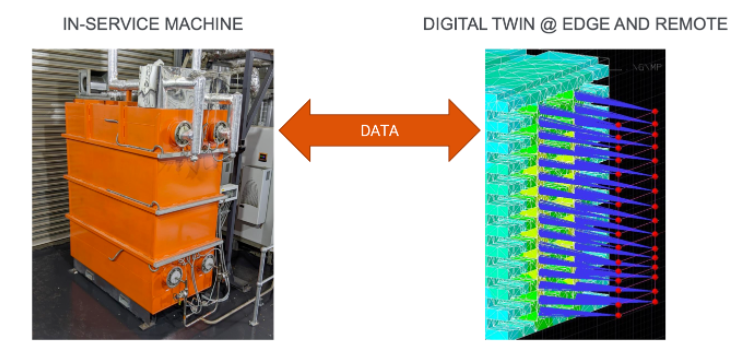Graphite Energy Uses Time Series Data to Drive Industrial Decarbonization Efforts
By
Jason Myers /
Product, Use Cases, Developer
Feb 15, 2022
Navigate to:
One major challenge with decarbonization of industrial heat is converting the variability of renewable energy into the reliability required by process plants. Solar panels only generate energy when the sun is out, and wind turbines generate energy when the wind blows. Industry, however, has a consistent and persistent need for energy. Graphite Energy, based in Australia, recognized this disconnect and set out to create a solution to it.
The company developed its Thermal Energy Storage (TES) systems to help even out the distribution of energy from renewable sources. By making renewable energy more available, TES units help manufacturers reduce their reliance on fossil fuels and accelerate industrial decarbonization.
TES units generate heat or steam for industrial processes, and in doing so, decouple the availability of renewable energy production from the industrial requirements of that energy on the factory floor.

TES units are highly instrumented and log virtually everything. Each device collects hundreds of data series, and approximately 1 million data points per day. Data collection occurs both locally on each device and in the cloud, and gets stored in InfluxDB Cloud, a time series platform. They rely on a range of cloud-based and Edge-compute analytics that they visualize in real time using web dashboards.
This data collection and analysis is mission-critical for Graphite Energy. Its data-driven approach enables remote observability for devices in the field and drives efficiency and optimization efforts. Graphite Energy’s current data management solution centers on a Node-RED workflow. At a basic level, Graphite Energy uses Smartsheet to grab configuration information, collects the data from the TES devices using Node-RED, engineers and processes that data with a variety of tools (e.g., Python, C#), and then stores it in InfluxDB.
Once the data is in InfluxDB, Graphite Energy’s engineers use Flux to query and transform that data to feed their digital twin feature. Flux allows them to query, combine, and transform data to make it more useful.
The digital twin is the culmination and end-product of Graphite Energy’s time series data management process. They use that data to create a real-time digital model of a TES unit that is accurate to within about 5 percent of actual machine performance. Digital twin lets Graphite Energy roll forward and backwards in time to track device performance, making it a powerful part of their predictive toolkit for production optimization.

Using connected TES devices, data-driven insights, and its digital twin, Graphite Energy is making significant strides toward industrial decarbonization, and paving the way for more effective use of renewable energy.
To learn more about this use case, read the full case study. For more information on features and applications for InfluxDB in industrial and IoT settings, check out this blog post by Brian Gilmore, InfluxData’s Director of Product Management, IoT.
